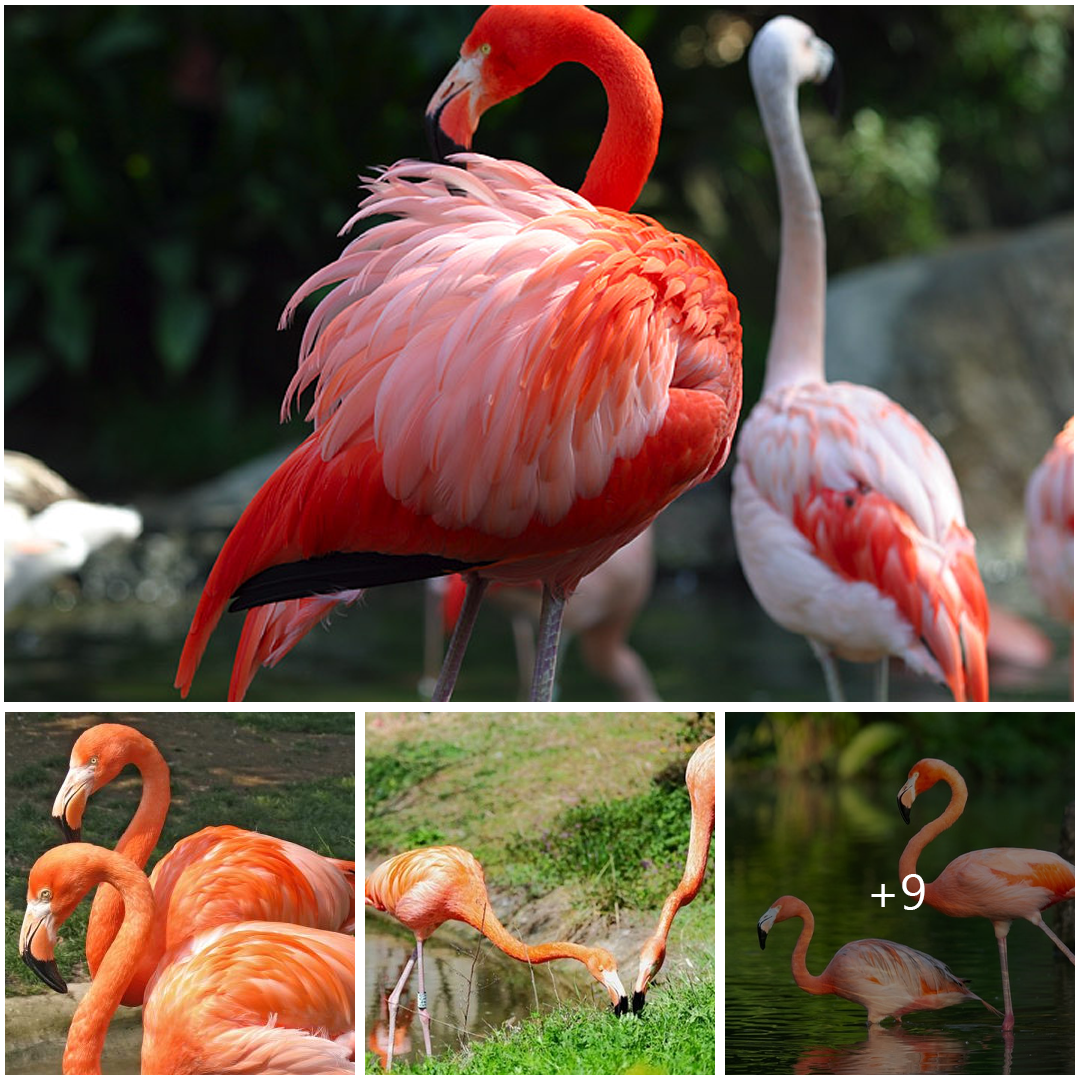
The Roseate Spoonbill: A Magnificent Avian Marvel
The Roseate Spoonbill, scientifically known as Platalea ajaja, is a striking and charismatic bird that graces the wetlands and marshes of the Americas. With its vibrant pink plumage and distinctive spoon-shaped bill, this avian species captivates the hearts of birdwatchers and nature enthusiasts alike. Let’s delve into the fascinating world of the Roseate Spoonbill and uncover what makes it such a remarkable creature.
1. Appearance and Characteristics: The Roseate Spoonbill is renowned for its stunning appearance, characterized by its rosy-pink feathers, contrasting white neck and back, and elongated legs. However, its most distinctive feature is its spatulate bill, which resembles a spoon and is used to sweep through shallow water in search of food. Adult spoonbills stand approximately 2.5 to 3 feet tall and have a wingspan of up to 4.5 feet, making them an impressive sight to behold.
2. Habitat and Distribution: These elegant birds are primarily found in the wetlands, mangrove swamps, and coastal marshes of the southeastern United States, as well as Central and South America. They prefer habitats with shallow, brackish water, where they can wade and forage for aquatic prey such as fish, crustaceans, and insects. During the breeding season, Roseate Spoonbills gather in large colonies, often nesting alongside other waterfowl species.
3. Breeding and Behavior: Breeding season for Roseate Spoonbills typically occurs from late winter to early summer, with nesting colonies established in dense vegetation near water sources. Males engage in elaborate courtship displays to attract mates, which may include aerial acrobatics, bill-clattering, and ritualized dances. Once paired, both parents take turns incubating the eggs and caring for the chicks, which hatch after approximately three weeks.
4. Conservation Status and Threats: While the Roseate Spoonbill is not currently considered globally threatened, it faces several conservation challenges, primarily habitat loss and degradation due to urbanization, agricultural expansion, and pollution. Wetland drainage, water pollution, and disturbance of nesting sites also pose significant threats to these birds. Conservation efforts focused on habitat preservation, restoration, and protection are essential for ensuring the long-term survival of this iconic species.
5. Cultural Significance and Ecotourism: Beyond its ecological importance, the Roseate Spoonbill holds cultural significance for many indigenous communities throughout its range. In regions such as Florida and Louisiana, these birds are celebrated symbols of wetland conservation and environmental stewardship. Additionally, the Roseate Spoonbill is a popular subject for birdwatchers and wildlife photographers, contributing to the growing ecotourism industry in areas where they are found.
In conclusion, the Roseate Spoonbill’s striking beauty, fascinating behaviors, and ecological significance make it a treasured ambassador for wetland conservation efforts. By raising awareness about the importance of preserving their habitats and addressing key conservation challenges, we can ensure that future generations continue to marvel at the majestic presence of these magnificent birds in the wild.





